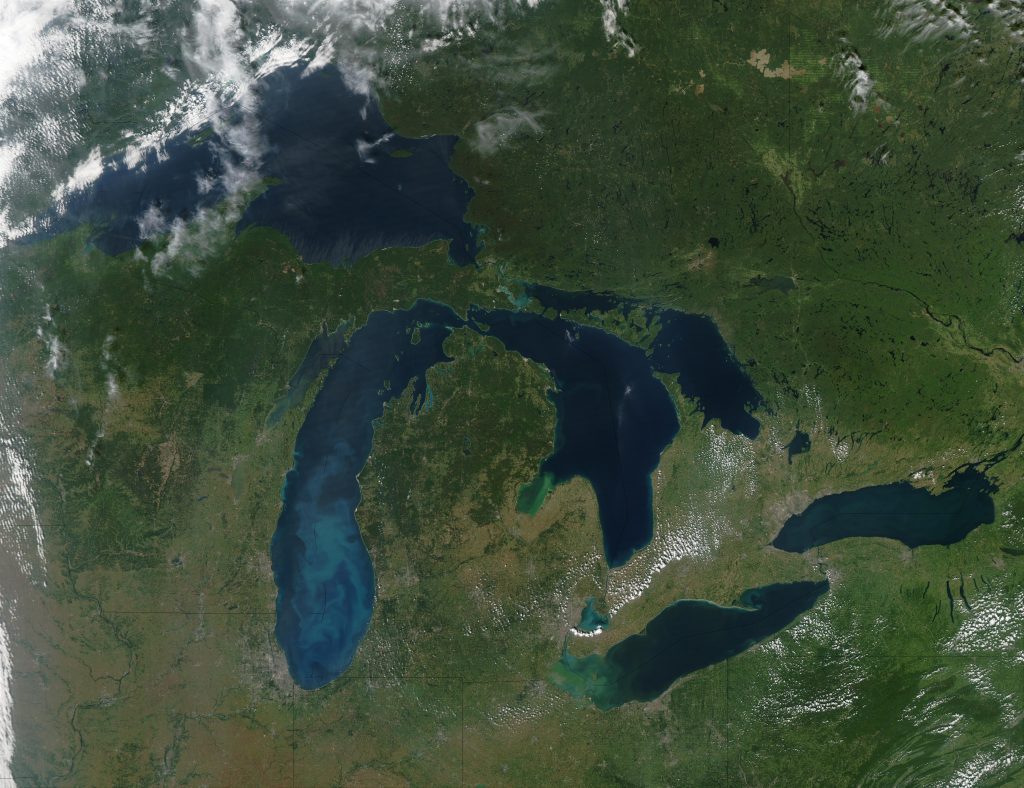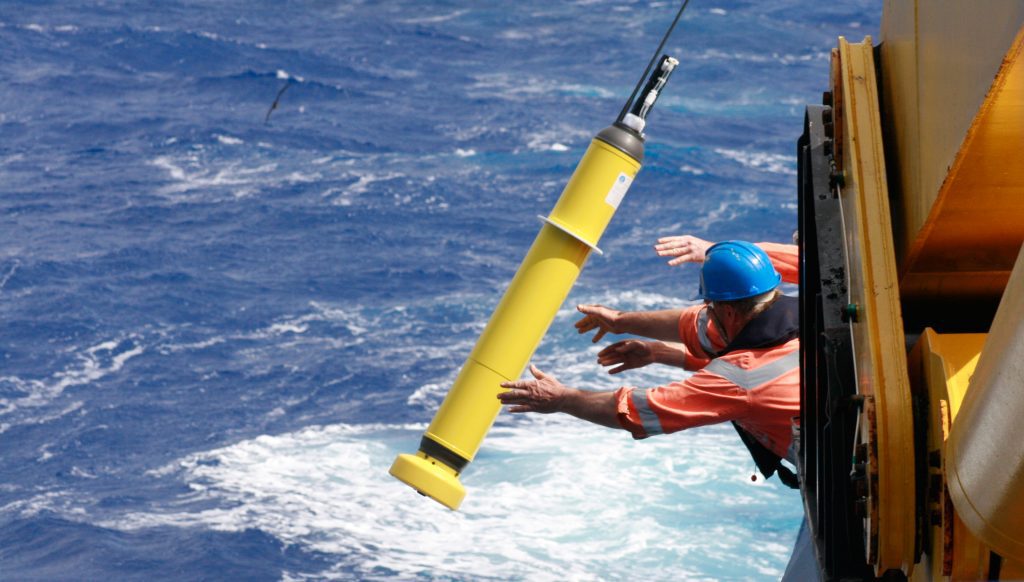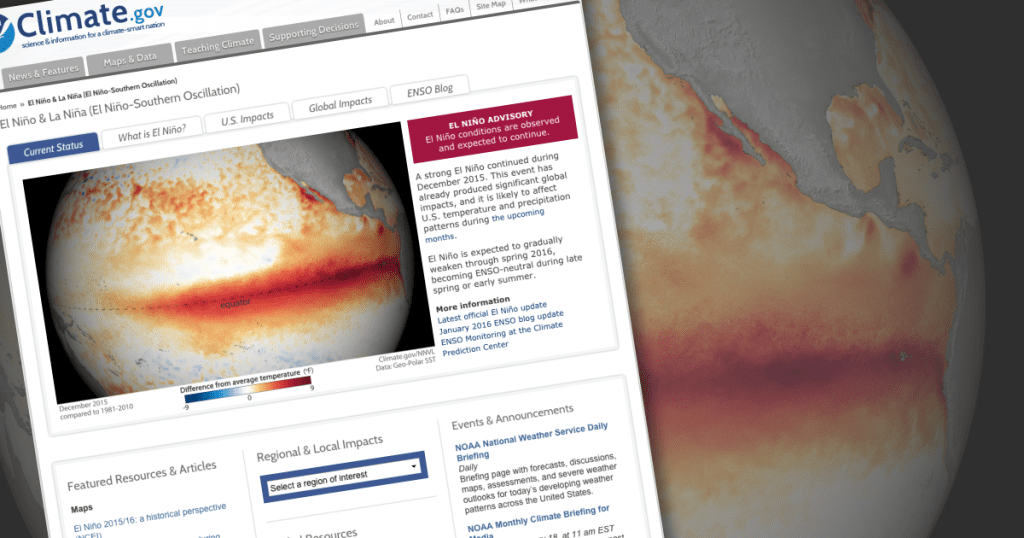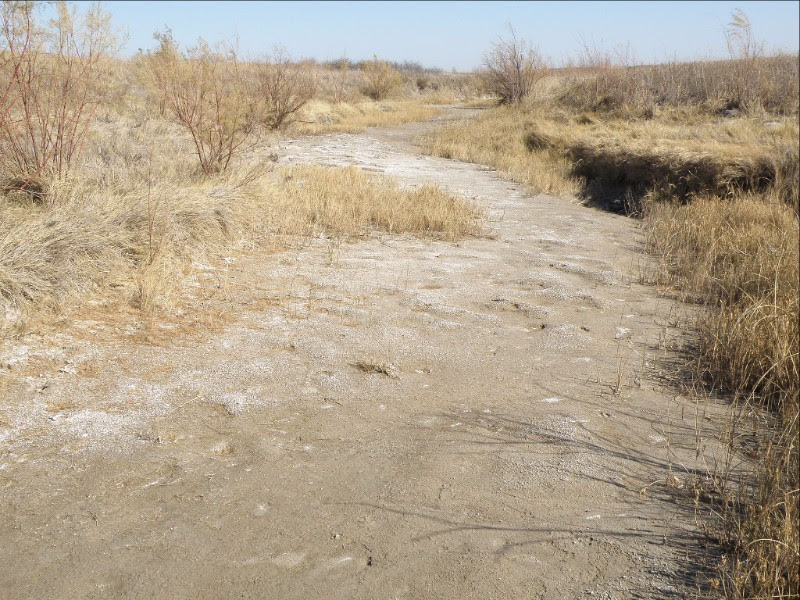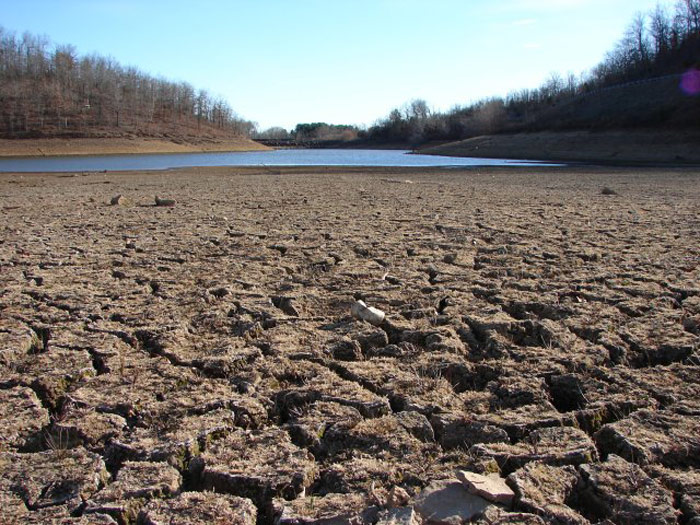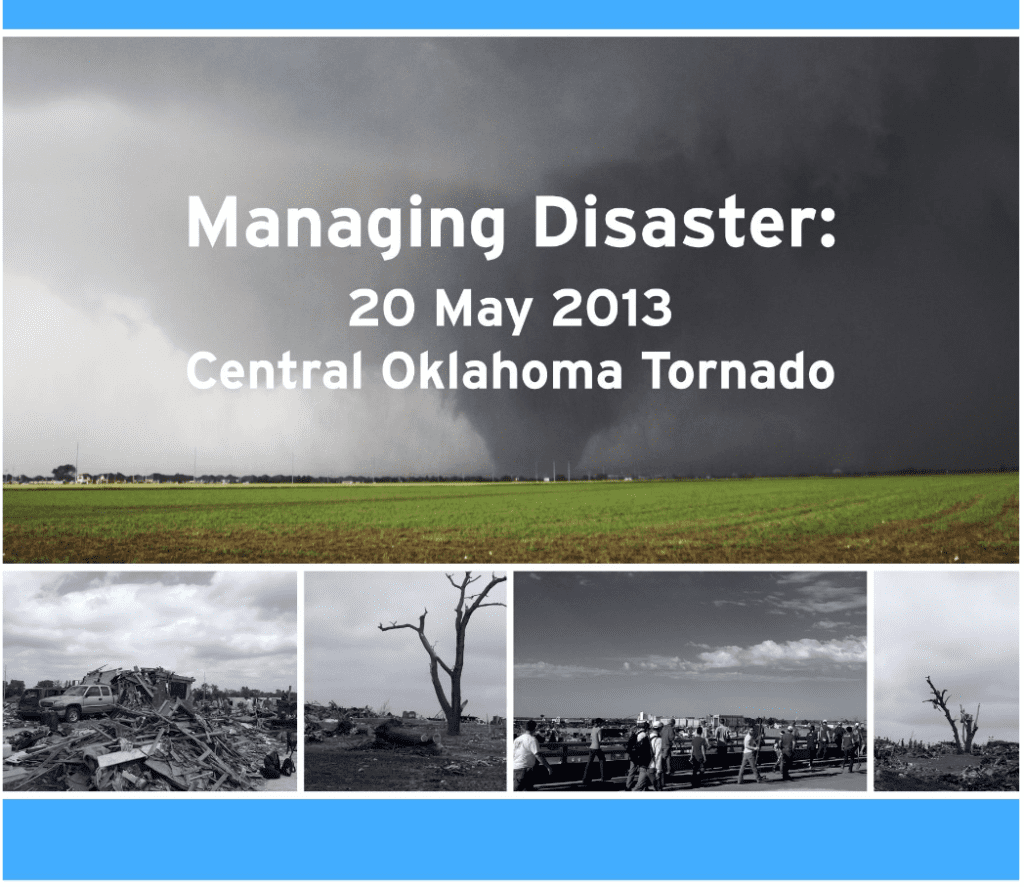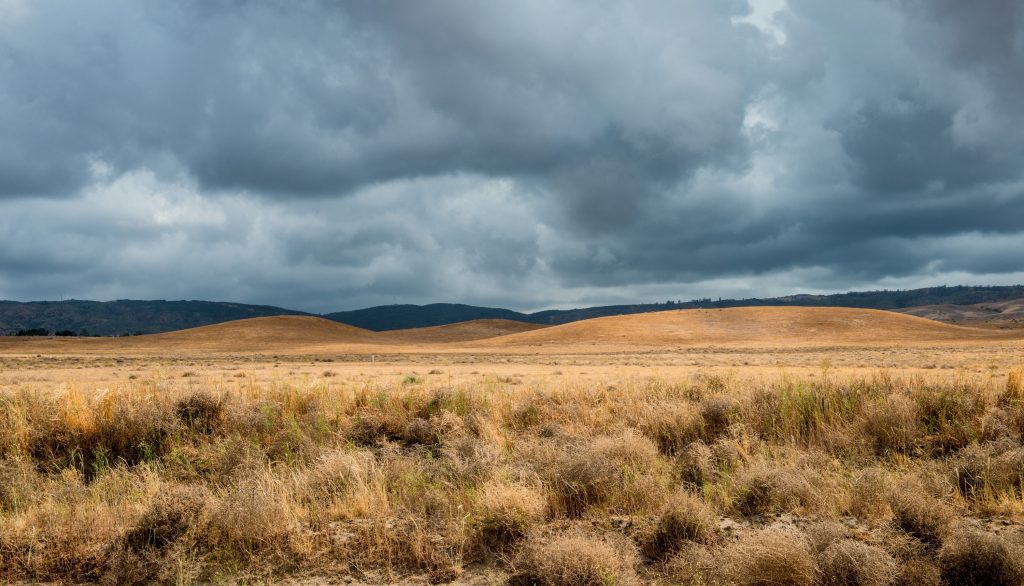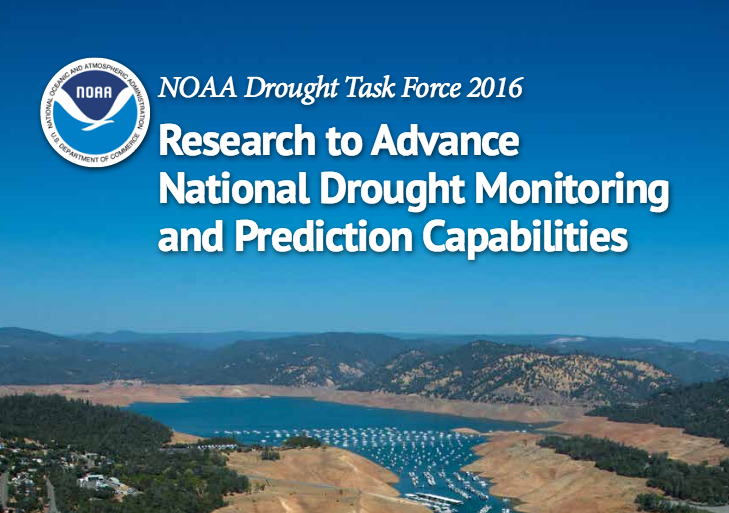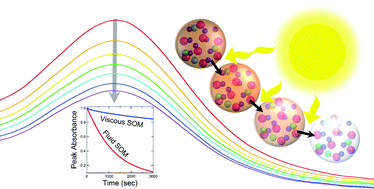NOAA and EPA Release New Report on Stormwater System Resiliency to Climate Change
NOAA and EPA released a report on making local stormwater systems more resilient to climate and land use change.
NOAA and EPA Release New Report on Stormwater System Resiliency to Climate Change Read More »


